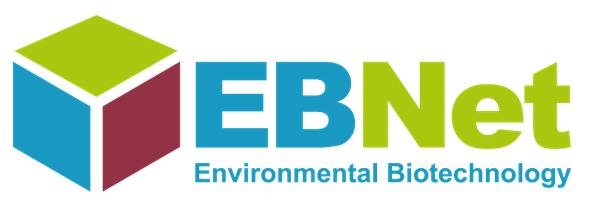A recent UKWIR report investigates which technologies and solutions are available to remove hazardous chemicals from various sources (trade, commercial, run-off and small-scale domestic), either at point of entry to sewer or in the sewer itself. The main groups of chemicals considered were industrial compounds (solvents, surfactants, dyes etc); metals; polyaromatic compounds; pesticides; PFAS; pharmaceuticals, persistent organics pollutants (POPs) and steroids.
Perhaps unsurprisingly, the majority of promising technologies and approaches were physico-chemical ones like sedimentation, filtration and chemical precipitation. No bio-based or nature-based solutions made it to the final list of those recommended for bench-scale testing; but biological solutions were identified as relatively effective in removal of industrial compounds, pesticides and PFAS.
Prof Tony Gutierrez said “Microbial-based biotechnologies are a proven clean-up approach for treating environmental sites contaminated with various types of hazardous chemicals. However they are not as well established as physico-chemical methods in some instances, like application at point-of-entry or in sewer. Combining microbial and physico-chemical processes, such as using biochar to act as a porous filtration barrier combined with adsorbed microbes to break down the chemical pollutants in water courses has immense potential, and research being done on this is showing promising results”.
See the full report What process options are available for treatment of hazardous chemicals at point of entry to sewer? on the UKWIR website.


